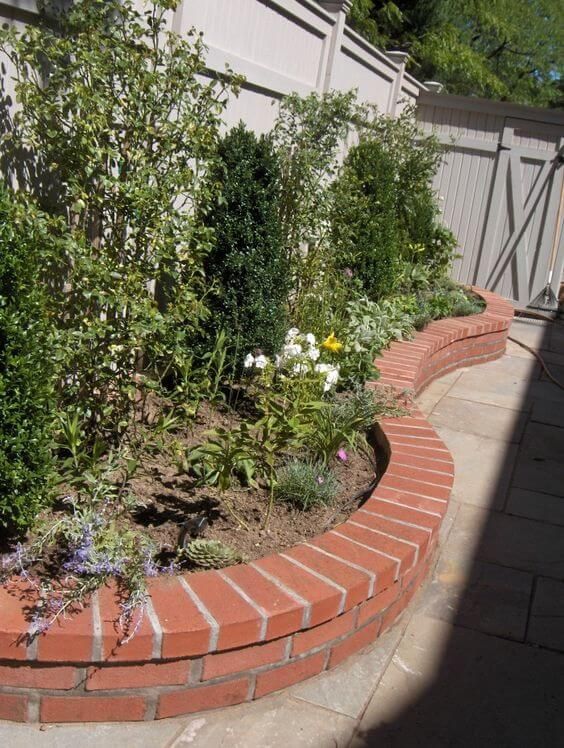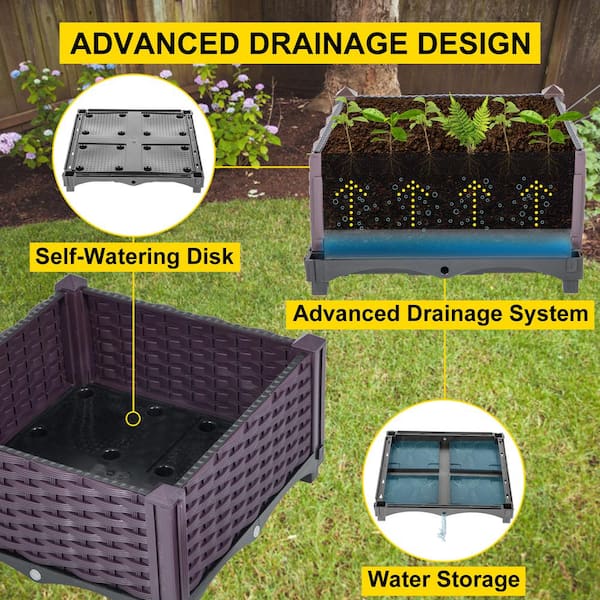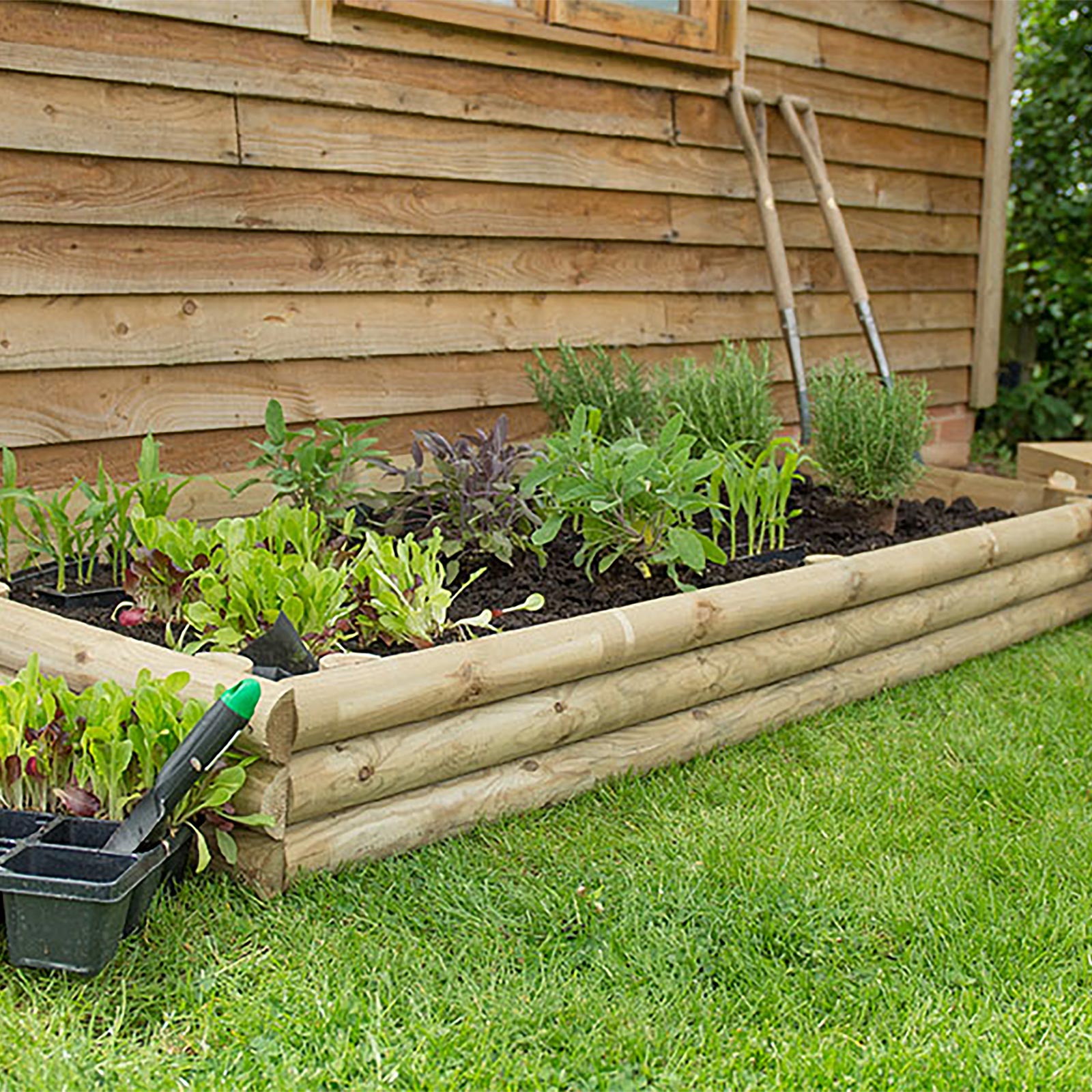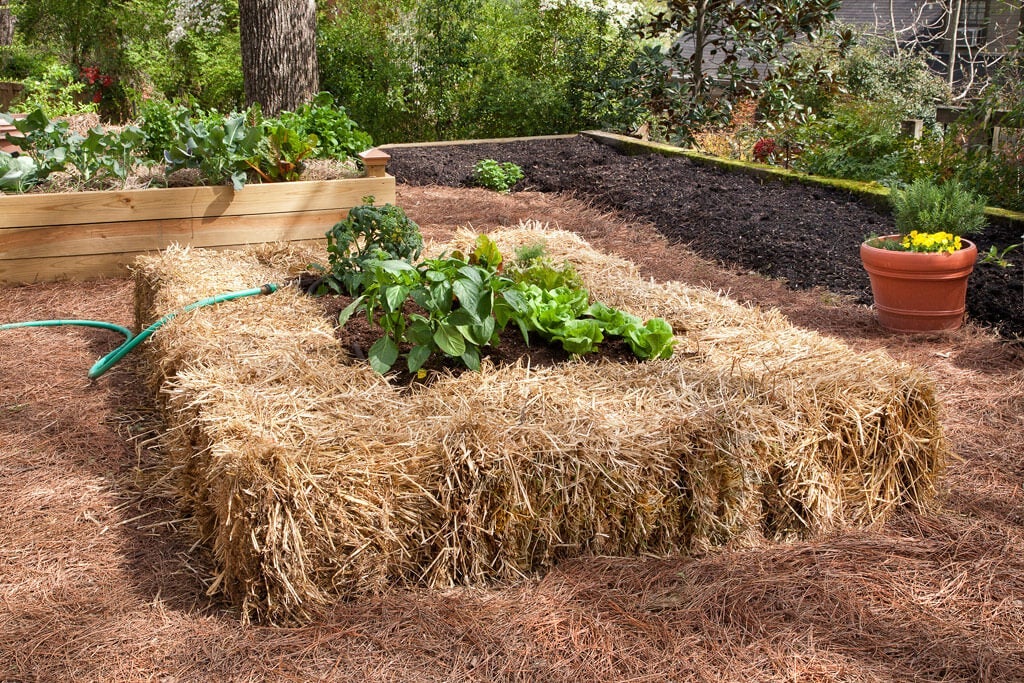Elevated Flower Beds: The Easy Way To Grow Beautiful Flowers
Introduction
Do you love flowers but don't have a lot of space? Or maybe you're tired of bending over to weed and water your plants? If so, an elevated flower bed might be the perfect solution for you.
Elevated flower beds are raised above the ground, making them easier to reach and maintain. They also provide better drainage and aeration, which can help your plants grow healthier and stronger.
In this blog post, we'll discuss the benefits of elevated flower beds, how to build one, and what to plant in it. So whether you're a beginner gardener or a seasoned pro, read on for all the information you need to get started!
Benefits of Elevated Flower Beds
There are many benefits to using elevated flower beds. Here are a few of the most important ones:
- Ease of access: Elevated flower beds are easier to reach than traditional in-ground gardens, which can be especially helpful for people with limited mobility.
- Better drainage: The raised soil in an elevated flower bed drains more easily than in-ground soil, which helps to prevent root rot and other plant diseases.
- Aeration: The increased air circulation in an elevated flower bed helps to improve the overall health of the soil, which can lead to healthier and more productive plants.
- Better visibility: Elevated flower beds are more visible than in-ground gardens, which can make them a more attractive addition to your yard or garden.
- Versatility: Elevated flower beds can be used to grow a variety of plants, including flowers, vegetables, herbs, and even fruit trees.
How to Build an Elevated Flower Bed
Building an elevated flower bed is a relatively easy project that can be completed in a few hours. Here are the basic steps involved:
- Choose a location for your flower bed. The ideal location is in a sunny spot with well-drained soil.
- Decide on the size of your flower bed. The size will depend on how much space you have and how many plants you want to grow.
- Gather your materials. You'll need lumber, screws, and a level.
- Build the frame of the flower bed. The frame should be about 6 inches high and 2 inches deep.
- Fill the flower bed with soil. Use a high-quality potting mix that is designed for flowers.
- Plant your flowers. Choose plants that are appropriate for your climate and the amount of sunlight your flower bed receives.
What to Plant in an Elevated Flower Bed
There are many different types of plants that can be grown in an elevated flower bed. Some popular choices include:
- Flowers: Roses, lilies, geraniums, petunias, and marigolds are all good choices for elevated flower beds.
- Vegetables: Tomatoes, peppers, cucumbers, and zucchini are all relatively easy to grow in elevated flower beds.
- Herbs: Basil, oregano, thyme, and mint are all popular herbs that can be grown in elevated flower beds.
- Fruit trees: Small fruit trees, such as dwarf apple trees and citrus trees, can also be grown in elevated flower beds.
Conclusion
Elevated flower beds are a great way to add beauty and color to your yard or garden. They're also easy to build and maintain, making them a good choice for gardeners of all levels of experience.
So what are you waiting for? Start planning your elevated flower bed today!
Are you thinking about adding an elevated flower bed to your garden? If so, you'll want to visit Home Gardening for more information. This website has a wealth of resources on elevated flower beds, including:
- How to choose the right location for your bed
- What materials to use
- How to build your bed
- What plants to grow
The website also has a forum where you can ask questions and get advice from other gardeners. So whether you're a beginner or a seasoned pro, you're sure to find something helpful on Home Gardening.
FAQ of elevated flower beds
What are the benefits of elevated flower beds?
Elevated flower beds offer a number of benefits over traditional in-ground gardens, including:
- Better drainage: Raised beds typically have better drainage than in-ground gardens, which is important for plants that don't like wet feet.
- Warmer soil: The soil in raised beds warms up earlier in the spring, which gives you a longer growing season.
- Healthier soil: The soil in raised beds is less compacted than in-ground soil, which means it's easier for roots to grow and breathe.
- Reduced weeding: The raised sides of a flower bed help to keep weeds out, which saves you time and effort.
- Easy access: Raised flower beds are easier to access, which is especially beneficial for people with limited mobility.
What materials can I use to build an elevated flower bed?
There are a variety of materials that you can use to build an elevated flower bed, including:
- Wood: Wood is a popular choice for raised flower beds because it's relatively inexpensive and easy to work with.
- Concrete: Concrete is a more durable option than wood, but it's also more expensive and difficult to install.
- Stone: Stone is a beautiful and long-lasting material for raised flower beds, but it's also the most expensive option.
- Plastic: Plastic raised beds are lightweight and easy to move, but they're not as durable as wood or stone.
How big should an elevated flower bed be?
The size of your elevated flower bed will depend on the amount of space you have available and the type of plants you want to grow. However, a good rule of thumb is to make each bed at least 3 feet wide and 4 feet long.
What type of soil should I use in an elevated flower bed?
You'll need to use a high-quality potting soil in your elevated flower bed. This will ensure that your plants have the nutrients they need to thrive. You can also add compost or other organic matter to the soil to improve drainage and drainage.
How do I maintain an elevated flower bed?
Elevated flower beds require regular maintenance, just like any other garden. You'll need to water your plants regularly, especially during hot weather. You'll also need to weed the bed regularly and fertilize your plants as needed.
Image of elevated flower beds
10 different images of elevated flower beds that are free to use:
- A wooden raised flower bed with a lattice top. This bed is perfect for growing herbs or vegetables, and the lattice top provides a bit of shade and privacy.

- A brick raised flower bed with a curved edge. This bed is a classic design that would look great in any garden. The curved edge adds a touch of elegance.

- A stone raised flower bed with a waterfall feature. This bed is a stunning focal point for any garden. The waterfall feature adds a touch of tranquility.

- A concrete raised flower bed with a built-in bench. This bed is a great way to add seating to your garden. The bench is made from the same concrete as the bed, so it looks seamless.

- A metal raised flower bed with a planter box. This bed is a versatile option that can be used to grow flowers, vegetables, or herbs. The planter box is removable, so you can easily change the plants in the bed.

- A plastic raised flower bed with a drainage system. This bed is a great choice for areas with poor drainage. The drainage system helps to prevent the roots of your plants from rotting.

- A tire raised flower bed. This bed is a fun and unique way to recycle old tires. You can paint the tires any color you like to match your garden décor.

- A log raised flower bed. This bed is a natural and rustic way to add a touch of beauty to your garden. The logs can be stacked in any way you like to create a unique design.

- A wine barrel raised flower bed. This bed is a stylish and functional way to recycle old wine barrels. The barrels can be filled with soil and planted with flowers, vegetables, or herbs.

- A straw bale raised flower bed. This bed is a sustainable and inexpensive way to grow plants. Straw bales are a good source of insulation, so they can help to keep your plants warm in the winter and cool in the summer.

Post a Comment for "Elevated Flower Beds: The Easy Way To Grow Beautiful Flowers"